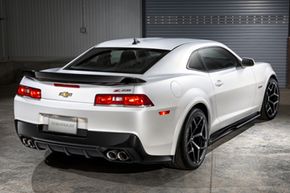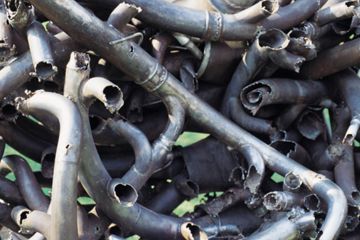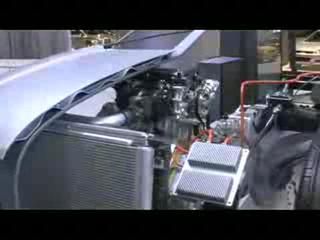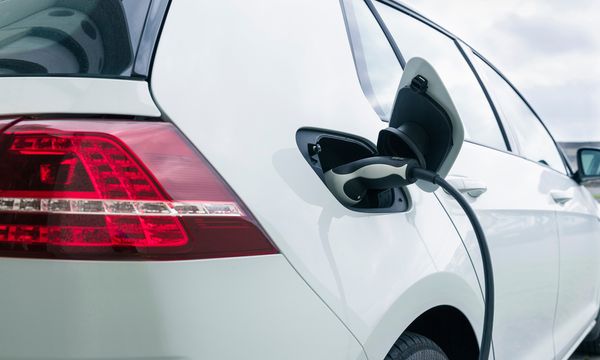Two chrome-tipped tubes thrusting out of the back bumper -- sounds totally boss, doesn't it? Therefore, dual exhaust must be totally boss. Except that things that seem totally boss initially are almost never totally boss in actuality. So, it's decided then: It's all a big lie and dual exhaust is for posers.
Except it's not! Dual exhaust systems will indeed increase your car's performance. The final stroke in an engine's combustion cycle is the exhaust stroke. The engine has to push out all the used-up air and leftover fuel bits before taking in new air and fuel to be ignited. "If you have more air moving and more horsepower," said Paul Eklund, driver and team owner for Primitive Racing, "it needs more exhaust." Adding an additional exhaust system, especially in V-6 and V-8 engines where you can have one system per bank of cylinders, gets more of the used-up stuff out the back-end faster. The faster and more efficiently the cylinders are cleared, the faster the cycle can start all over again, and the faster the engine can propel your totally boss car down the drag strip. (Because you're a safe and responsible driver and you would never floor it on a city street, no matter how empty that street is or how boss your car may be.)
Advertisement
Adding a dual exhaust system to a smaller engine, like an inline four-cylinder for instance, won't make much of a difference, Eklund said. That is, unless it had something like 400 turbocharged-horsepower already. Then getting the exhaust out as quickly as possible would make a difference -- a big difference.
Of course, this all only works if it's a true dual exhaust system. Running a single pipe from the engine to the muffler, then splitting the pipe behind the rear bumper doesn't accomplish a dang thing. Then your car only looks totally boss and is not, in truth, boss at all.
Advertisement



